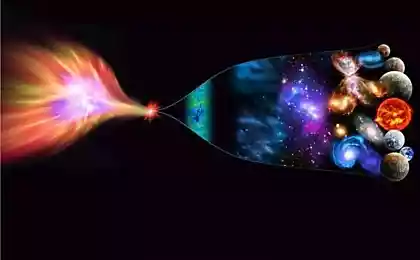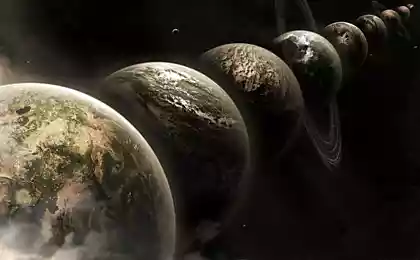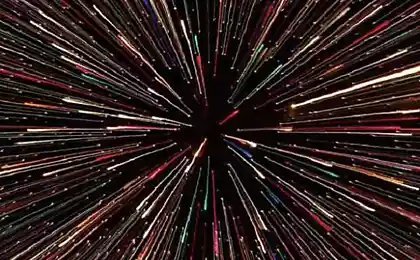601
The holographic universe: a new theory of space-time?

Scientists from the University of Southampton in an attempt to unravel the mysteries of our universe made a significant breakthrough. One of the latest achievements of theoretical physics is the holographic principle. According to him, our universe is considered as a hologram, and we formulate the laws of physics for such a holographic universe.
Recent developments Professor Skenderis and Dr. Marco Caldarelli from the University of Southampton, Dr Joan Camps from the University of Cambridge and Dr Blaise Gotero of the Nordic Institute for theoretical physics, Sweden published in the journal Physical Review D and is dedicated to the unification of negatively curved space-time and flat space-time. The document explains how, with the involvement of the instability of the Gregory-Laflamme, some types of black holes are divided into smaller ones, if they are disturbed — like a trickle of water breaks into droplets when you touch it with your finger. This phenomenon of black holes had previously been proved in the framework of computer simulation, and the actual work has further described its theoretical basis.
Space-time is usually called an attempt to describe the existence of space in three dimensions where time acts as the fourth dimension and all four coming together to form a continuum, or a state in which the four elements can not be separated.
Flat space-time and negative space-time describe an environment in which the universe is noncompact, the space expands infinitely, continuously in time, in any direction. Gravitational forces, such as those created by the star that best describes the flat space-time. Negatively curved space-time describes a Universe filled with negative vacuum energy. The mathematics of holography is best understood with the involvement of the model negatively curved space-time.
Professor Skenderis developed a mathematical model that traces the incredible similarities of the flat space-time and negatively curved space-time, however, the latter formulated with a negative number of dimensions beyond our perception.
"According to holography, at a fundamental level the universe has one less dimension, to which we are accustomed in everyday life, and it obeys laws similar to electromagnetism," says Skenderis. — "This idea is in tune with how we see ordinary hologram when the image with the three dimensions reflected in the two-dimensional plane, like a hologram on the credit card, and imagine the entire Universe encoded like this."
"Our research continues and we hope to find more connections between flat space-time and negatively curved space-time and holography. The traditional theory of how our Universe boil down to the individual description of its nature, but each of them collapsing at some point. Our ultimate goal is to find a new combined understanding of the Universe that will work in all directions".
In October 2012 Professor Skenderis entered the top twenty of the most prominent scientists around the world. For the consideration of the question "Was there a beginning of space and time?" he received the award of 175,000 dollars. Perhaps a holographic model of the universe will let you know what was before the Big Bang? published
P. S. And remember, only by changing their consumption — together we change the world! ©
Source: vk.com/topic-31976785_28352091























